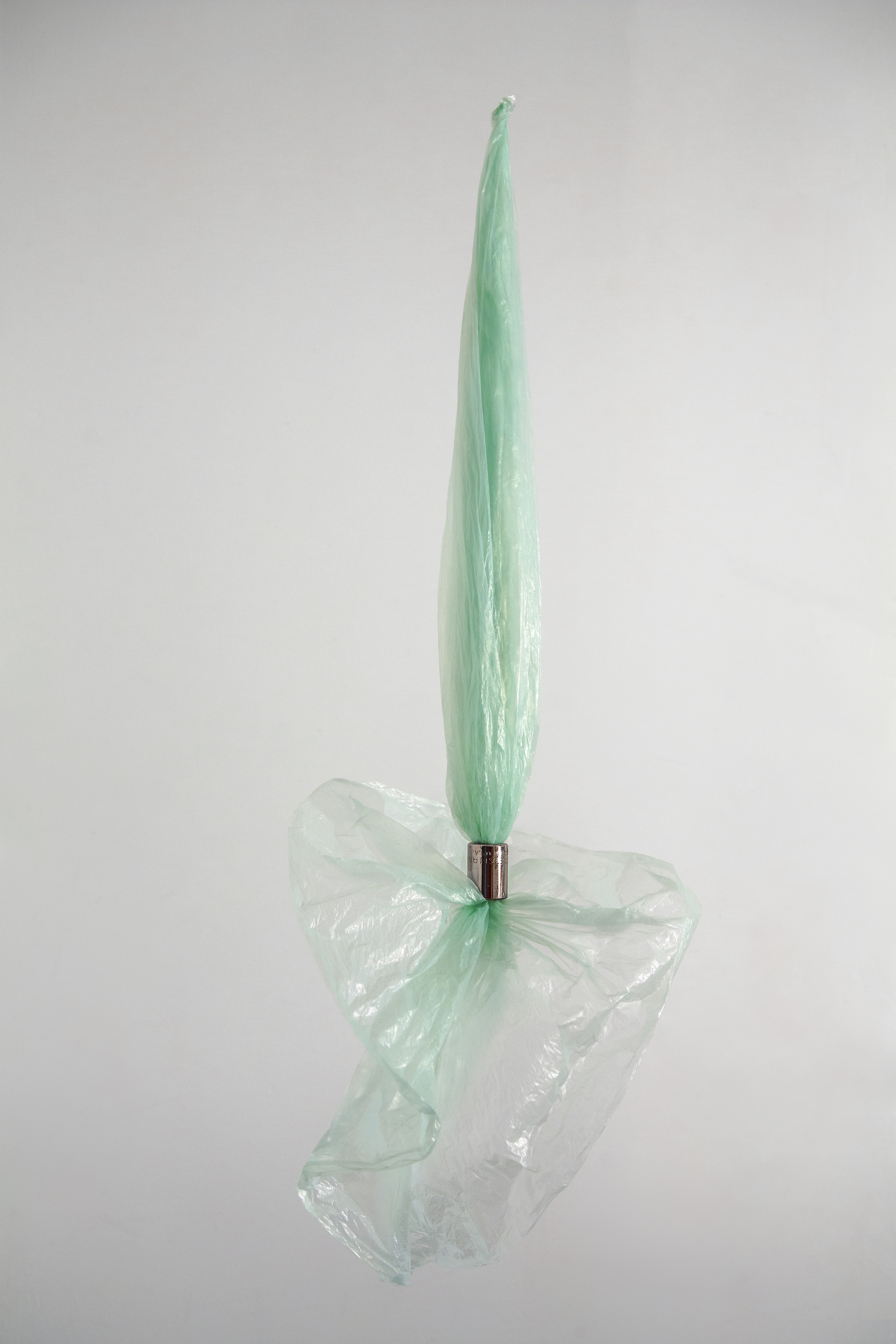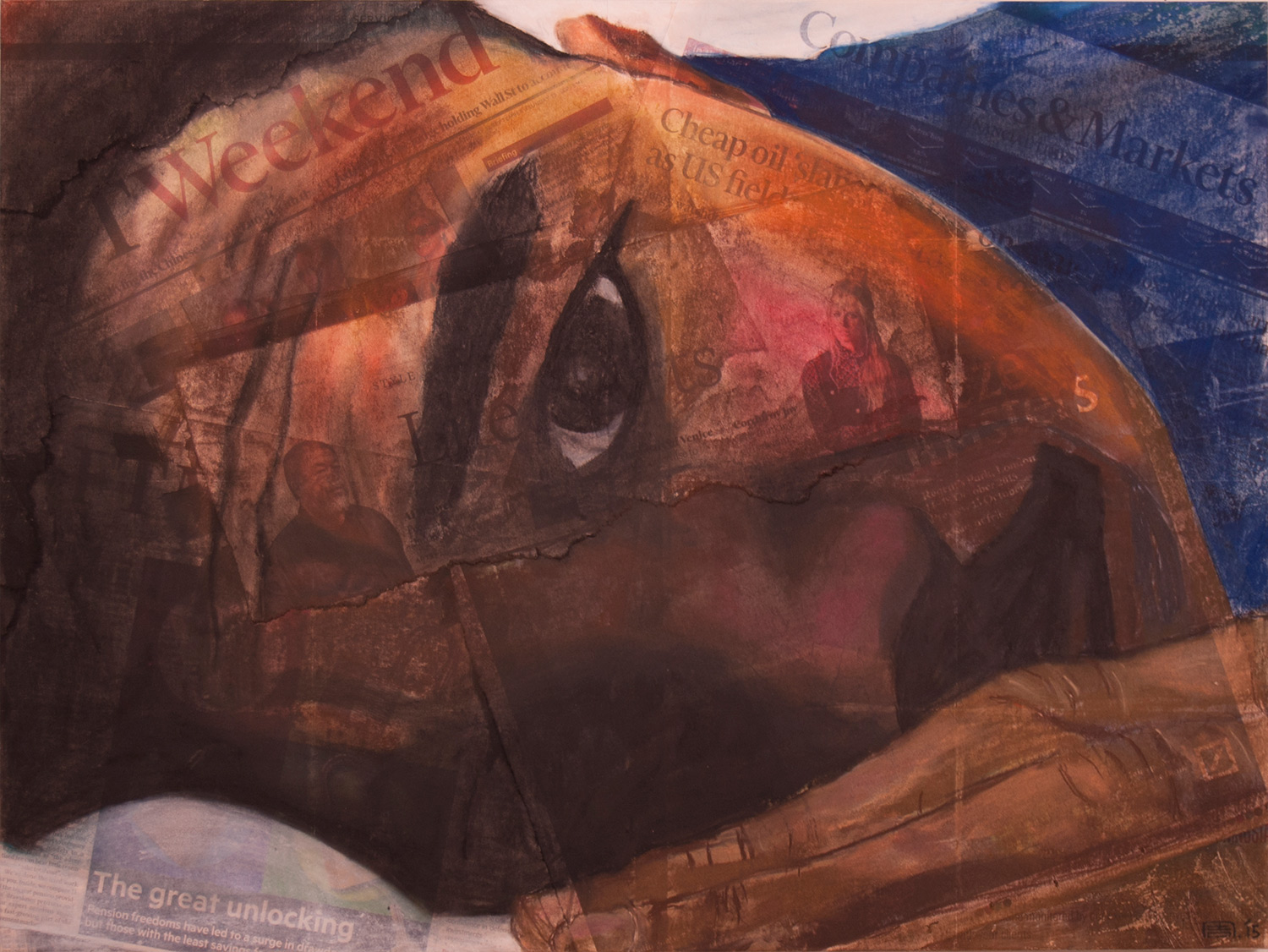:
: art :
: imitates imitates :
: life :
:
I am a product of the pre-Internet years and the Information Age. I am lucky to have spent my childhood in the long-gone kampung-kampung (villages) of modern Singapore. We had our own coconut, jackfruit, mango, rambutan, soursop, star fruit, and sugar cane trees. We reared ducks and chickens, and kept a hen as a pet; she was special. We owned a stone mill with which my brother and I ground rice into flour for our mother to make the most delicious Teochew confectioneries. We cooked over wood fire every day until we had to move into a flat with government-supplied gas around the mid-1990s.
For as long as they could, my parents resisted the government’s plans to resettle us into small cookie-cutter apartments that today house about eighty percent of the population. They were trying to hold on to a way of life that was simpler and freer than the networked and always-on world that we live in now. My late father, a karung guni man, lived a life of precarity.* We had little, and growing up helping him with his trade had a deep impact on my love for used, found, and humble materials. It shaped how how I treat my materials. It helped me to see possibilities in the discarded and overlooked, and poetry in the modest and flawed.
I have moved across the world 17 times. My work reflects the places that I have been to and the experiences within. They are heavily influenced by my formative years in multi-ethnic and multi-cultural Singapore, as well as time spent in Brunei, Thailand, San Francisco, London, Baltimore, and New York. They often contain personal stories and significant moments in time, drawn from childhood memories, familial history and relationships, an international education, a multilingual background, and everyday living.
* The karung guni man is the Singapore equivalent of the 19th century rag-and-bone man in the UK, who scavenged unwanted rags, bones, metal, and other waste from the towns and cities where they lived and sold them to merchants. In America, they are called junk men, and in many developing countries, waste pickers. Karung guni are the Malay words for gunny/burlap sack, which was used in the past by Singapore karung guni men to hold the used newspaper they collected for resale.
_______________
BIOGRAPHY
Yam Chew Oh is a multidisciplinary artist and educator. His work has been exhibited in the United States, Asia, and Australia, including: Downtown Community Television Center, SVA Flatiron Gallery, and Starta Arta, New York City; Art Lot, Brooklyn; International Independent Art Fair, Harlem; Satellite Art Show, Florida; Creative Alliance, Fox 3 Gallery, Graffiti Warehouse, Johns Hopkins Medicine, Maryland Art Place, Maryland Institute College of Art, Pinkard Gallery, Rosenberg Gallery, and Space Camp, Baltimore; Ryniker-Morrison Gallery, Rocky Mountain College, Billings, Montana; George Mason University, Arlington and Fairfax, Virgina; Gillman Barracks and Orchard Road, Singapore; and Lankai Gallery, Anshan, China. Oh’s work has also been featured in Commotion, Lumina Journal, The Match Factory, Studio Visit, and Velocity.
Oh is a faculty member at the School of Visual Arts, New York, where he received an MFA in Fine Arts (2019) and teaches the courses The Everyday Artist and Nine Ways to Skin a Cat. He is also International Admission Counselor at the Maryland Institute College of Art, Baltimore, where he received a Post-Baccalaureate Certificate in Fine Art (2016) and works with international students.
Oh spent more than 18 years in international public relations, working in fields as diverse as government, consultancy, gaming, healthcare, oil & gas, and higher education. He worked on media relations for Singapore’s inaugural biennale (2006) and managed community arts programs at the country’s oldest philanthropic hospital.
Oh also holds Bachelor’s degrees in Geography and Southeast Asian Studies from the National University of Singapore (1998).



